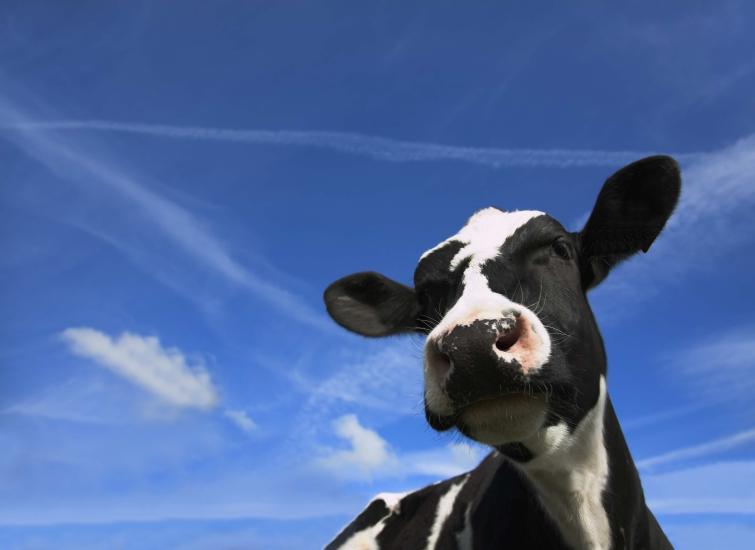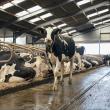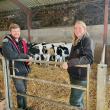Transition Energy – Powering through the dry period
Transition Energy helping Geoff Lewis to significantly reduce ketosis rates on his farm in Pembrokeshire.

Geoff Lewis has a herd of 300 Holsteins at Pearson Farm, Haverfordwest, Pembrokeshire. He recently moved from a parlour system onto a robotic milking system. The move onto robots was in part to help improve pressure on labour but also to help improve animal health and productivity.
Whilst the robot system itself has meant health and productivity rates have benefited, one area that the team also focused on, with Advanced Robot, was the transition period. Eoghan Mullery who heads up the Advanced Robot team and works with a number of robotic herds, explains why it’s important to focus on that period, in particular for a robotic herd.
“Transition cows are one of our main focus areas for robotic milking systems. In parlour systems where you milk two times a day, a cow will reach peak production, between days 70 - 90. On a robotic system, because she may be milked between 3 and 5 times a day, she could hit peak production nearer to 40-50 days in milk. The cow on a robotic system is therefore under much more pressure in that initial transition period and if there is a metabolic problem, it will be amplified much quicker.”
As the graph below shows, ketosis had become an issue for the herd at Pearson Farm. The data was taken in December 2018, showing the risk of ketosis up at 40.4% of the herd or 121 cows. (Note fat to protein ratio can be used as an indicator of cows at risk of ketosis or acidosis. The ideal ratio is around 1.27 with higher values indicating more fibre based fermentation and lower values indicating potentially more starch based fermentation). With ketosis costing farms around £230 per incident (D.Esslemont), Geoff was looking at a figure of £27,830 to treat his herd for the year. Not, too mention the impact on lifetime performance, this was having a costly effect.

As part of their dry cow protocol, Advanced Robot introduced a product called Transition Energy, to help meet energy demands and lower the risk of ketosis.
Geoff Lewis comments, “The introduction of transition energy, along with a strict dry cow protocol has greatly reduced the risk of ketosis amongst the herd”
In fact, it has reduced from 40.4% down to just 7.8% of animals at risk of ketosis in December 2019. So that’s gone from 121 cows down to just 23 cows and a financial saving of £22,540!

Eoghan explains, “Satisfying the nutritional requirements of the high producing dairy cow can be a major challenge, particularly around calving. Immediately prior to calving and throughout the first few weeks of lactation, dry matter intakes often decrease. As a result, feed intake in early lactation is typically insufficient to match the increasing energy demands, and the high producing dairy cow comes in to negative energy balance. In an attempt to correct this unbalance, the cow starts to mobilise body fat reserves, turning them into glucose via the liver. This can result in fatty liver syndrome and ketosis. Furthermore, negative energy balance is the primary cause of declining fertility and reproductive performance in the UK dairy herd.”
Feeding Transition Energy immediately pre-calving and for up to 28 days post-calving can help eliminate problems such as fatty liver and ketosis associated with a negative energy balance. The product contains a blend of glucose precursors (glycerine and mono propylene glycol), and these can quickly be converted by the animal to glucose, helping to meet the increased demand for energy at calving and in early lactation. Transition energy helps prevent negative energy balance and reduces the risk of fatty liver and ketosis, as well as improving fertility responses in early lactation.
If you’d like to find out more about Transition Energy, please contact us on 01524 263 139 or email office@arn-ltd.com
〈 BACK














